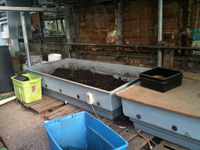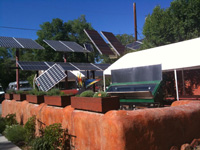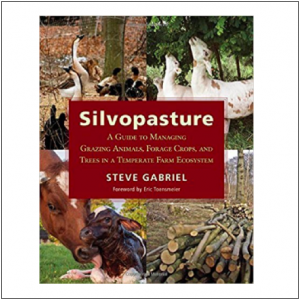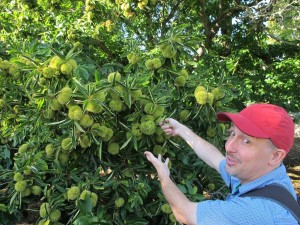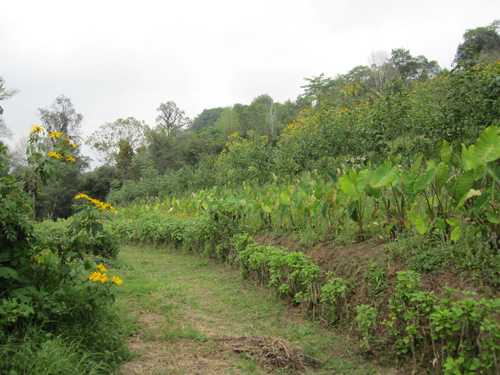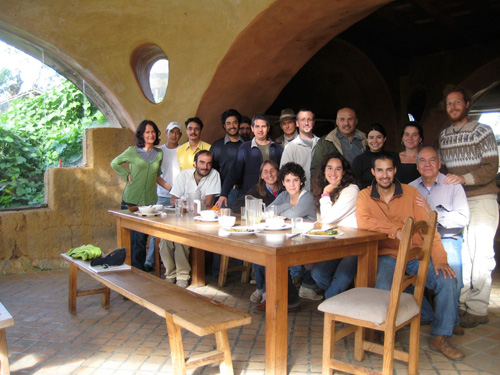See my blog for the story of how we transformed our lifeless urban lot into a permaculture paradise. This is the story of how an urban community reached for self-determination through agriculture and participatory design.

Tierra de Oportunidades (Land of Opportunities)
Nuestras Raíces (“Our Roots”) is a community organization in Holyoke Massachusetts that has used food, agriculture, and the environment as the basis for community development projects in the urban, largely low-income Puerto Rican neighborhoods where they work. Eric Toensmeier served nine years as a Board member and five as staff, bringing a permaculture approach to a community facing many challenges.
Project Goals
Holyoke’s Puerto Rican residents immigrated from the rural mountain areas, and many worked in the US as farm laborers. Living in a crumbling city they were unable to fully express their culture or use their skills for community self-determination. Community gardens and other projects developed leadership and improved food security but residents wanted more business opportunities, especially in agriculture.

Participatory Design
In 2004 Nuestras Raíces obtained access to farmland on the outskirts of the city. Working with farmer-candidates, youth, and women’s leaders, a community-driven permaculture process was used to develop a design for the thirty-acre site.
The process integrated goals set by community members, a detailed site analysis, and market research. A large portion of the farm was set aside for parcels for start-up farmers, a group which has grown to include refugees and immigrants from around the world.
A smaller portion of the farm was designated to serve as an intensively-used cultural agri-tourism destination.
Integrated Enterprises
A set of business ideas were developed to be leased as concessions, with Nuestras Raíces developing the infrastructure and seeking community entrepreneurs to develop and run the businesses. These concessions were designed to minimize competition between enterprises; benefit the environment and the community; celebrate Puerto Rican culture; functionally interconnect by utilizing each other’s waste products; and mutually support each other by attracting customers to each other’s businesses.
The idea was that with good design, each business, through self-interested marketing of their operation, would attract customers to benefit other enterprises and the farmers as well.
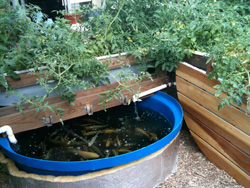
The Farm Today
Businesses currently on-site include 22 small farm parcels, a pig-roasting operation, farm store, paso fino equestrian operation, petting zoo with heritage Caribbean breeds, and cultural events with up to 3,000 visitors for live music, theater, and folkloric dancing. Several greenhouse businesses are under development, with heat provided by waste vegetable oil from another Nuestras Raíces restaurant downtown.
Project Benefits
Participatory design enabled community members to set goals and develop and choose scenarios that met their needs while fitting the site’s opportunities and limitations. The farm has been nationally recognized as a model for community-based ecological economic development.

